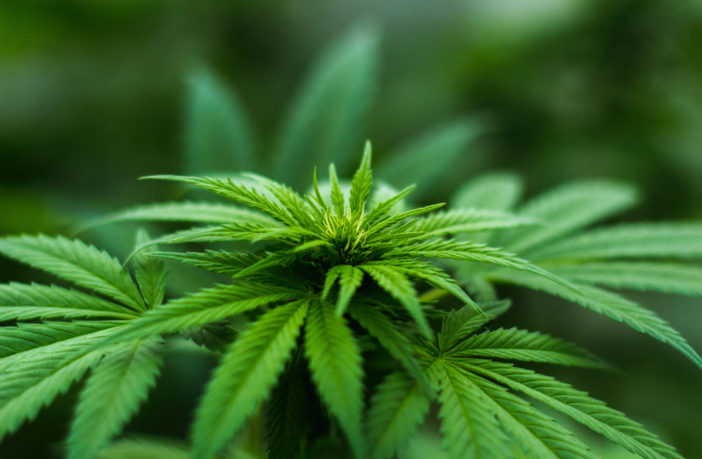No matter where you sit on its legalization, growing marijuana affects our environment and that can be in a negative way.
Growing pot indoors requires copious electricity through the use of high-intensity lamps, air conditioners, dehumidifiers and much more. In order to grow it outside, streams become sponges, being sucked dry as seen in the outdoor grow-ops in California.
But cannabis is a money-making business. Companies don’t need to control expenses like electricity efficiently.
Canadian cannabis companies are investing in greenhouse production. Aurora Cannabis brought a greenhouse design firm to oversee construction of its production facility at Edmonton’s airport. Canopy growth is developing 1.3 million square feet of greenhouse capacity in B.C.
What Happens When Pot is Legal:
Illegal pot growers have typically kept their crops indoors to safeguard themselves against prosecution. Now that pot has been decriminalized, many will start to cultivate cannabis outdoors meaning that it will require more water consumption. A study by the California Department of Fish and Wildlife in 2015 found that weed cultivation was excessively diverting water from creeks, which are home to endangered salmon species.
An estimated 22 litres of water is needed a day to water marijuana plants, compared to a wine grape plant, which uses 12 litres.
With any expansion of an agricultural crop comes the need to clear-cut more forest and construct road. This increases the risk of erosion, river diversion, and habitat destruction. Wild animals are left fending for themselves and possibly endangering themselves and others.
There is also the case of pollution with the use of chemicals, which are often used to kill rodents which may damage the crop. These chemicals make their way into the sewage system and into our water supplies. They also make their way into the food chain, and can pose significant health risks to predators.
Health Canada Regulations:
Health Canada’s cannabis regulations do not specifically address water or energy consumption, making it impossible to regulate.
Health Canada states that cannabis facilities will be subject to Environment and Climate Change Canada rules, including reports that release the pollutant releases from growing pot, as well as water pollutant prohibitions and carbon pollution pricing.
As the industry has grown, companies are focusing more on reducing energy costs so that they are more competitive in the bigger markets.
Other considerations:
This piece doesn’t contend for, or against the legalization of marijuana but hopefully you have come to evaluate some of the potential stressors it can pose on the environment. Driving large vehicles with additionally large emissions is another potential factor, as well as air travel when it comes to transporting pot. Legalization isn’t an easy process, particularly if politicians can’t regulate all facets of its implementation.
Related:




